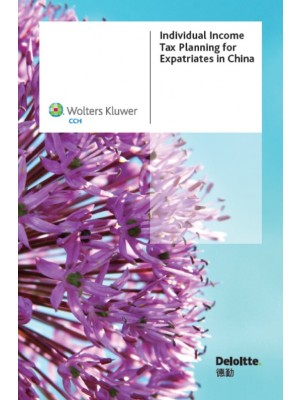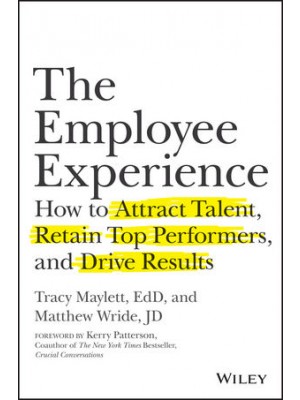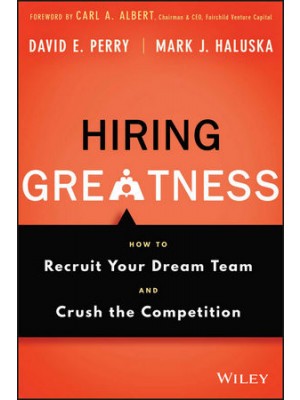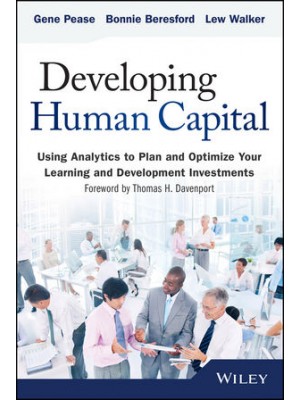所有书籍
所有书籍
- 会计
- 财务
- 人力资源
- 法律
- 税务
- Study Materials
- AAT Papers
- ACCA Series (BPP)
- 银行公会考试
- Bar Manual Series
- CLP Law Series
- Complete Law Series
- Concentrate Law Series
- Course Notes Law Series
- CPA Australia Series
- CPA Exam
- Foundations in Accountancy (FIA)
- Great Debate in Law Series
- Key Facts/Cases Law Series
- Law Cards Series
- Law Express Series
- Law in Context Series
- LPC Law Series
- Master Guides (HKCA)
- Nutshells/Nutcases Series



































